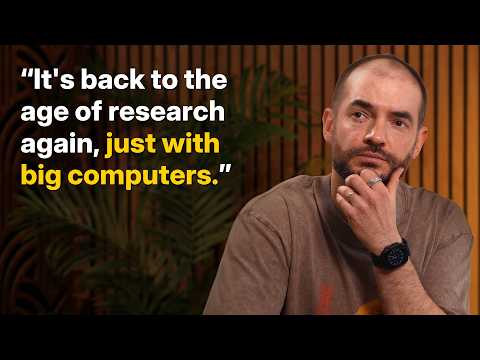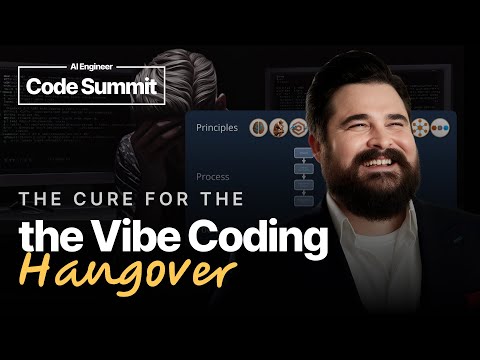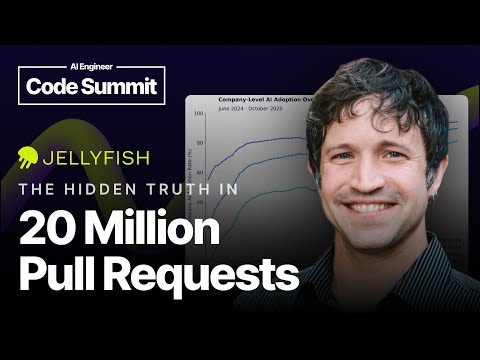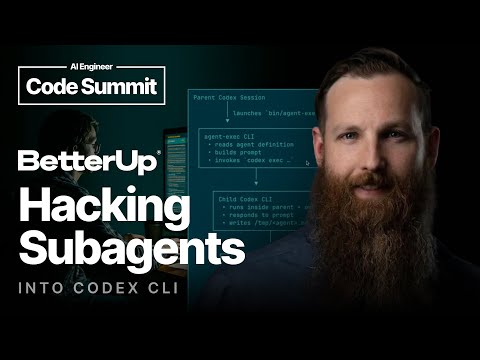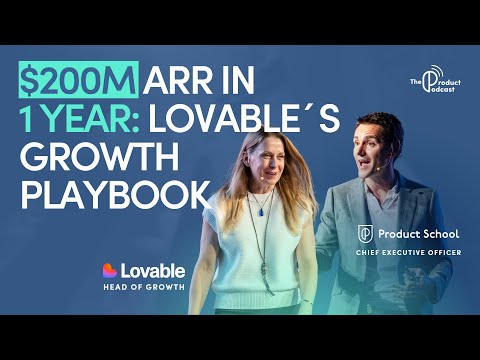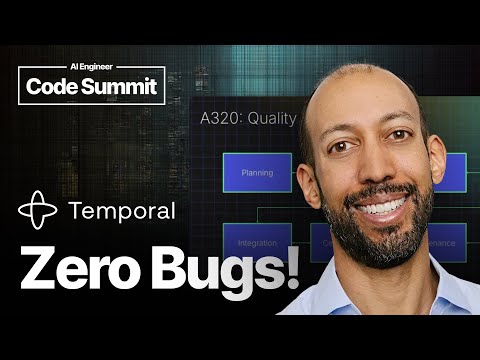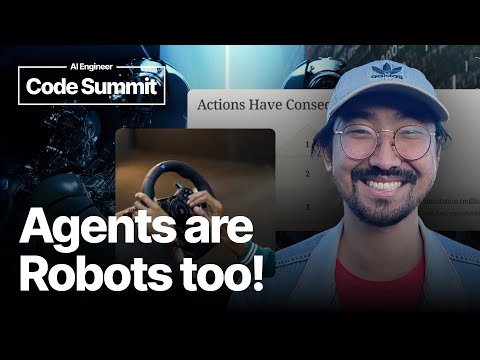The interview with Ilya Sutskever, a prominent figure in AI, delves into the industry's pivotal transition from a "scaling era" to a "research era." He argues that while scaling data, compute, and parameters has driven past progress, diminishing returns and data limitations now necessitate fundamental breakthroughs. Sutskever critically examines the "jaggedness" of current AI models, where impressive benchmark performance coexists with surprising real-world failures. He attributes this to overly narrow reinforcement learning (RL) environments that optimize for specific evaluations rather than fostering robust, human-like generalization. Contrasting human learning efficiency with AI's sample inefficiency, Sutskever posits that humans leverage inherent "value functions" or "emotions," evolutionarily encoded, which provide crucial internal guidance and feedback for decision-making—a capability largely absent in current AI paradigms. The discussion also covers Safe Superintelligence Inc.'s (SSI) strategic approach, including the potential for "straight-shotting" superintelligence, balanced against the recognized value of incremental deployment for societal adaptation and learning. Ultimately, Sutskever advocates for a core goal in AI development: building superintelligence that is robustly aligned to care for all sentient life, guided by an "aesthetic" rooted in beauty, simplicity, and brain-inspired principles.
